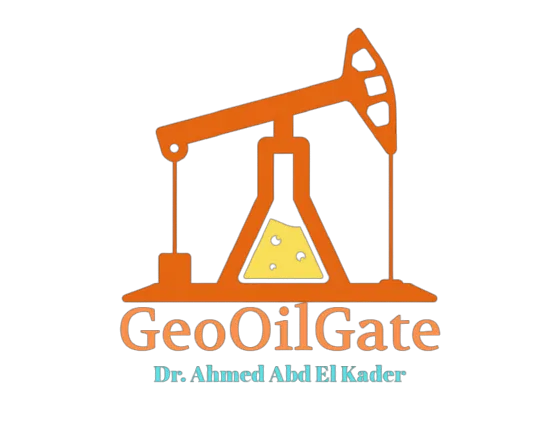Reservoir Engineering
General

MATERIAL BALANCE

RESERVOIR MANAGEMENT

ENHANCED OIL RECOVERY

RESERVOIR FORECAST

Oil production forecasting is an important means of understanding and effectively developing reservoirs. Reservoir numerical simulation is the most mature and effective method for production forecasting, but its accuracy mostly depends on high-quality history matching and accurate geological models. Oil and gas development projects need production forecasts for planning purposes and to understand the economic viability of each project. Sometimes, especially in the exploration and appraisal stages, it is necessary to develop a range of production forecasts for a project based on very limited data, often in the absence of flow information for that particular field,. One of the methods often used in this type of scenario is analog studies. well.
DECLINE CURVE

RESERVOIR ESTIMATION

